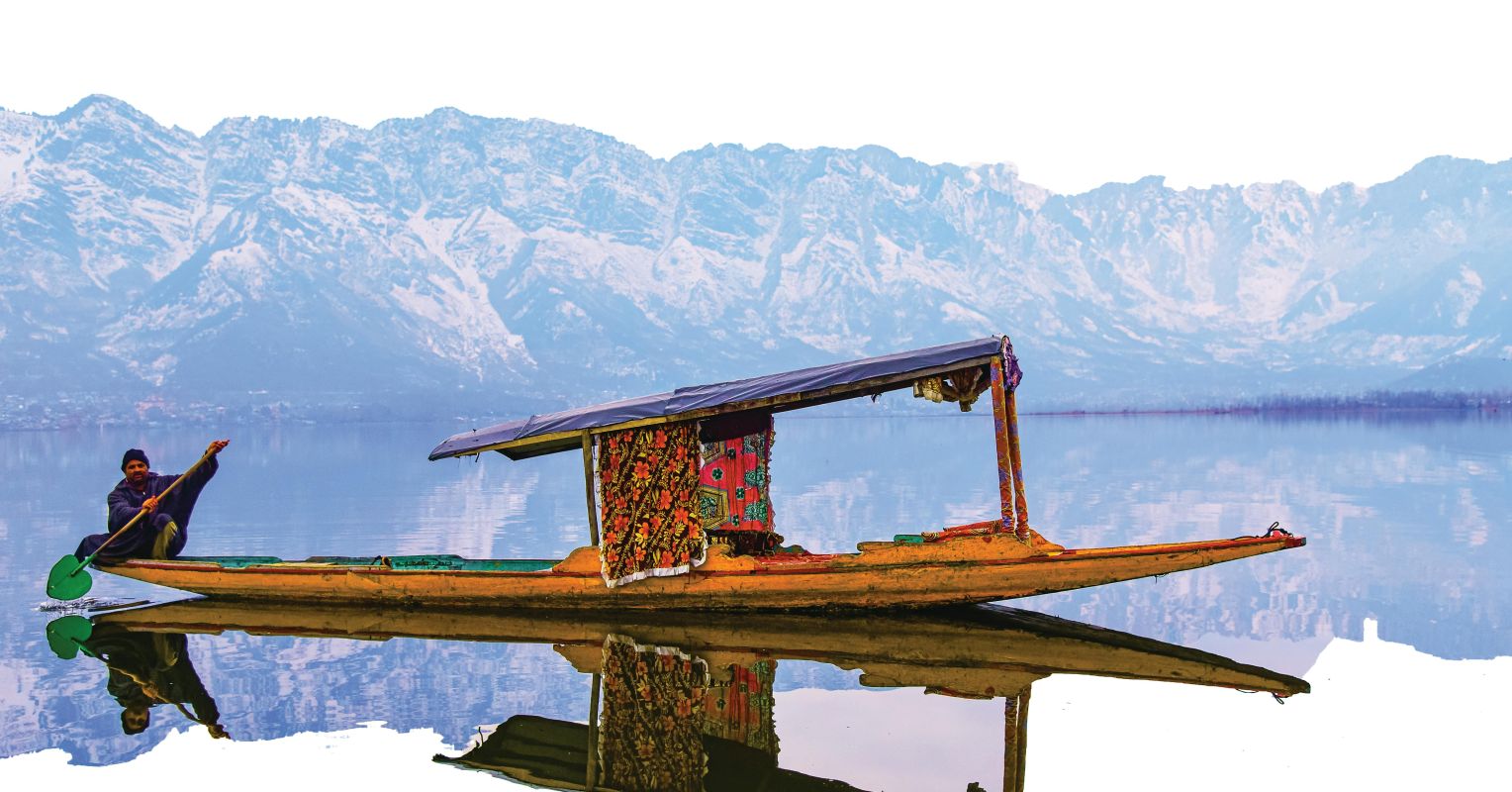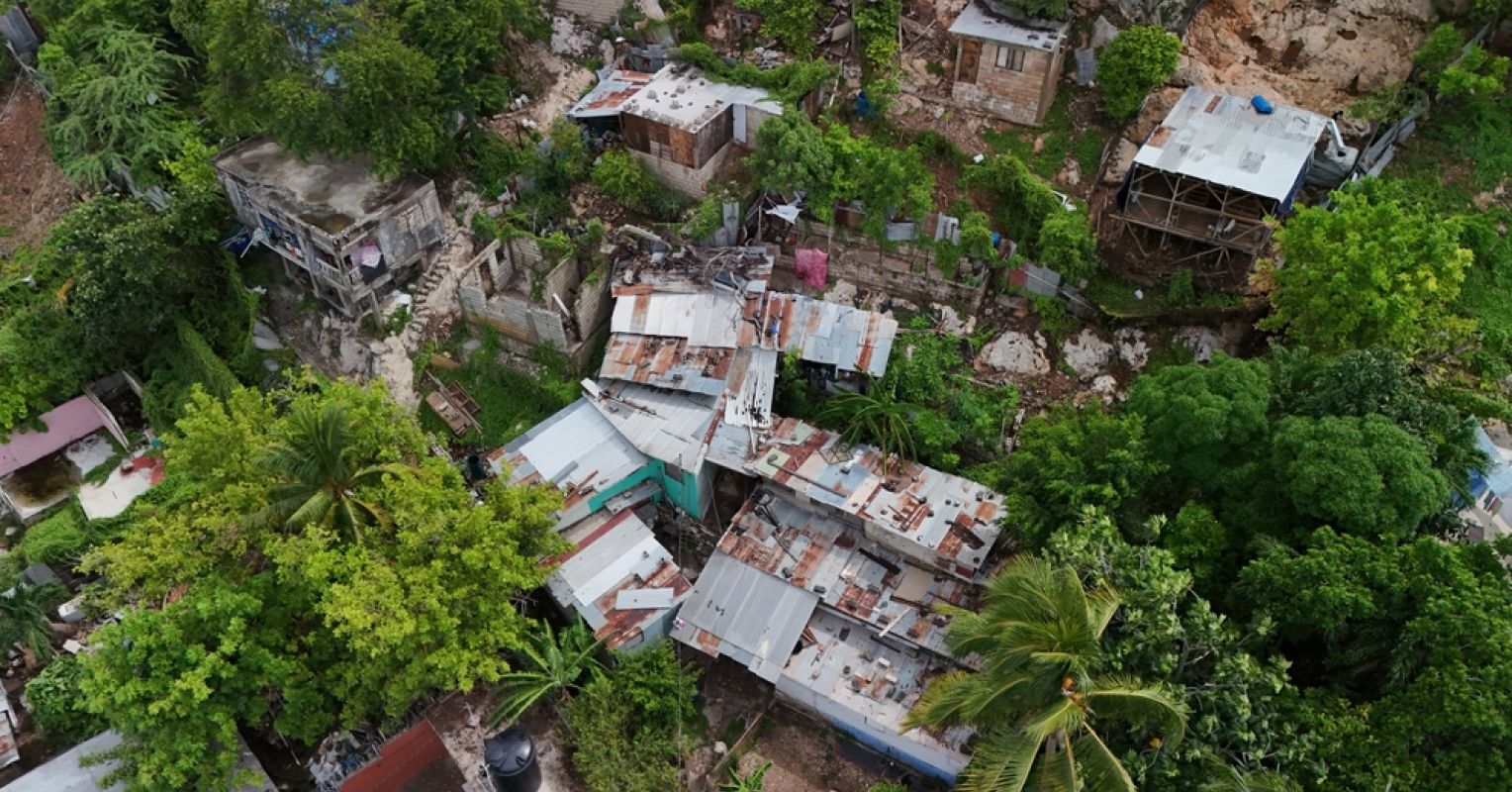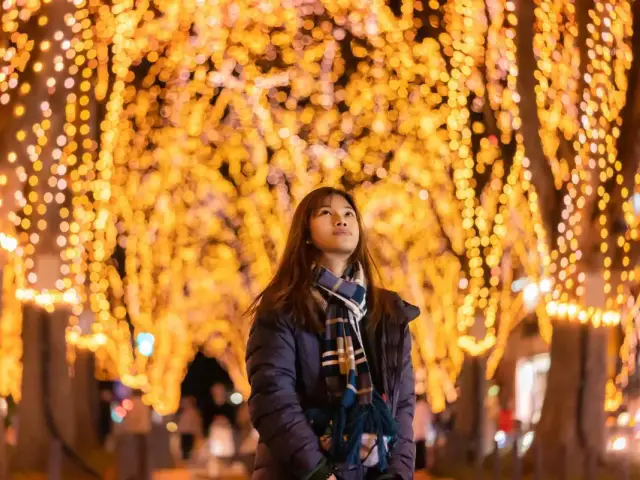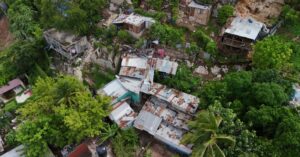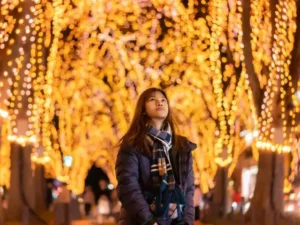Last week, as I was scrolling through my phone, I came across disturbing images of violence and unrest in Kashmir, including recent news reports of tourists tragically dying. The news deeply affected me because I had been there as a child as well as a tourist. It had been years since I visited the valley, enchanted by its vast lakes and towering Himalayas, believing it to be one of the most beautiful places on earth. Now, seeing the once-familiar streets marred by curfews and conflict stirred a deep ache I struggled to define—a profound sorrow not just for the people suffering, but also for the memories of a place that once felt so peaceful and untouched.
As someone who now works closely with refugees, particularly those displaced by the war in Ukraine and Afghanistan, I am no stranger to stories of loss and trauma. Yet, what surprised me was how these distant conflicts could feel so painfully personal, simply because of my past connection to the places affected. It is a reminder that war not only destroys cities and displaces populations, but it disrupts the emotional landscapes we carry within ourselves.
The Emotional Geography of Conflict
Psychologists have long discussed how emotional memory is tied to physical place. Places are not just settings; they become embedded in our identities and experiences (Lewicka, 2011). The concept of “place attachment” suggests that people form strong emotional bonds with physical locations, especially when those places are associated with important memories or developmental stages. When these locations undergo violence or degradation, it can feel like a personal violation, even if we are miles away. For me, this phenomenon is not exclusive to Kashmir. As part of a career opportunity in 2020, I travelled to Russia. When the Ukraine-Russia war erupted, my initial shock came not only from humanitarian concern but also from a visceral sense of disbelief. How could the places and people I met—who had shown warmth, hospitality, and resilience—now be associated with scenes of tanks and torn landscapes? The dissonance was overwhelming.
Trauma by Proxy: Witnessing From Afar
Experiencing emotional distress from watching conflicts unfold in places we know is a form of “vicarious trauma.” According to McCann & Pearlman (1990), vicarious trauma is traditionally used to describe the internal changes that take place when people are exposed to the traumatic experiences of others, typically at work. However, psychologists argue that today’s interconnected media environment has expanded the ways we experience secondary trauma, even without direct contact (Figley, 1995). During my time as an exchange student in the United States, I was introduced to classmates whose families had fled wars in Syria, Somalia, and Lebanon. Their stories of violence, displacement, and survival lingered with me long after our conversations ended. These early encounters not only prepared me in many ways for the work I now do with refugees, but they also left emotional imprints that reappear whenever there are new conflicts on the global stage. When layered on top of personal memories of places that were once associated with joy, wonder, or cultural exchange, each news report and social media update can sometimes have the impression of reopening old wounds.
How to Protect Ourselves Without Disconnecting
Given the emotional toll, how can we stay compassionate without being consumed? Peace psychology, a field focused on understanding and promoting nonviolence and conflict resolution, offers some insights. According to Christie, Wagner, and Winter (2001), sustainable peace-building requires not only external efforts—like policy change and diplomacy—but also internal work, cultivating resilience, empathy, and critical Self-awareness.
One essential strategy is setting healthy boundaries with media consumption. Constant exposure to distressing images can create a false sense of helplessness known as “compassion fatigue,” reducing our ability to respond constructively (Figley, 2002). Allowing ourselves periods of digital detox or choosing to engage with more solution-focused news can help maintain Emotional balance.
Equally important is nurturing “active hope”—a term coined by environmental activists Macy and Johnstone (2012) to describe maintaining engagement and optimism in the face of overwhelming challenges. Active hope does not mean blind optimism; it means acknowledging the pain while committing to action, however small, toward a more peaceful world.
For me, channelling grief into action has been crucial. Small acts of solidarity aid in transforming feelings of powerlessness into a sense of purpose, whether through volunteer work, advocacy, or simply listening to the refugees I work with. Even the act of writing this post is an act of active hope—a way for me to deal with my feelings and a way for others to think about their own. Honouring what is left and grieving what we knew.
Grieving What We Knew, Honouring What Remains
When we mourn a place affected by conflict, we are not just grieving its physical destruction. We are mourning the loss of innocence, the rupture of memory, and sometimes, the shattering of our own narratives about the world. Yet, grief itself can be a bridge—connecting us to those directly affected and reminding us of our shared humanity. Peace psychologists emphasise that not only treaties but also empathy, memory, and connection are necessary for lasting peace to be established (Christie et al., 2001). As I continue working with individuals uprooted by war, and as I witness places I once loved fall into conflict, I remind myself: it is OK to grieve. It is acceptable to experience deep personal grief. These feelings are not a sign of weakness but rather a profound sense of interconnectedness, which is necessary for any peace to last. In a world where conflict seems ever-present, allowing ourselves to feel—and to act from that feeling—may be one of the most powerful things we can do.





